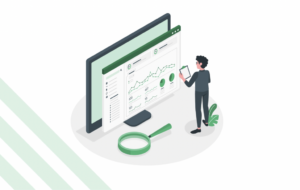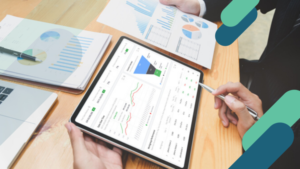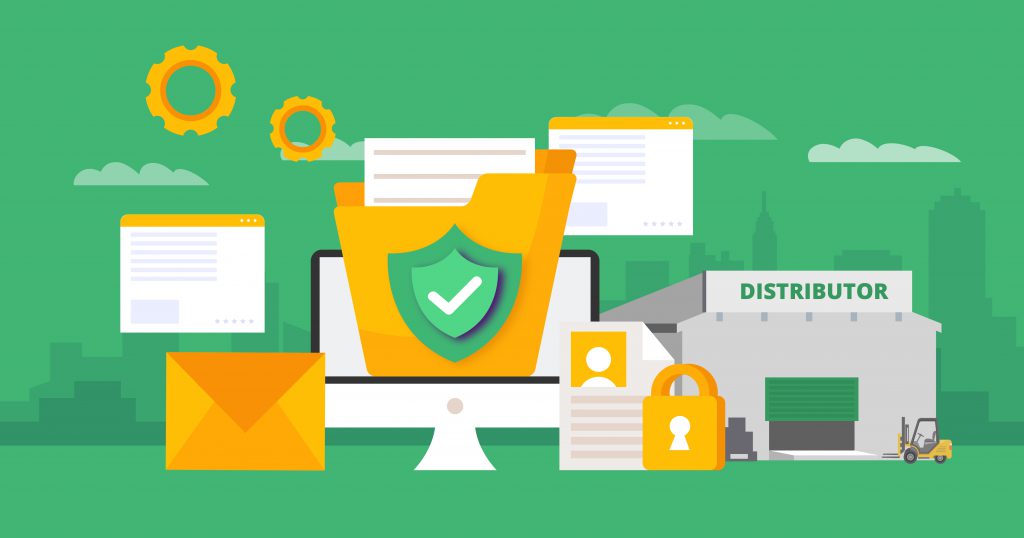
Table of Contents
Update Distribution Data Instantly
Distribution means a process of moving products from producers to the market. Goods are produced and packaged by producers, then sold to end consumers through distributors, wholesalers, grocery stores, supermarkets, and retail stores. For example, if the stock runs out, the shop owner will make an order to the local area distributor. After that, if the goods run out in the warehouse, the distributor will request more order from the manufacturer.
Manually processing data distribution
Many distributors and manufacturers/principals still rely on manual systems. Almost all data is still recorded by paper-based, sometimes, they even only upload to the system once a week, and most of the time it ends up not neatly recorded.
Therefore, the supply chain flow takes longer and prone to higher risks of overstocking and understocking. This will have a very bad impact especially during the pandemic where consumer’s demand pattern changes rapidly.
In addition, during the pandemic, a lot of information is changing rapidly. Government began to close roads and public places, therefore pushing shop owners to change their store operating hours. If the distributor is still using a manual system, coupled with a pandemic situation, the distribution process will be increasingly hampered.
The consequences of still using the manual system during a pandemic
-
Hampered distribution of goods
The manual system can’t capture data in real-time. Therefore, companies can’t precisely meet consumer demand in the market. Distribution of goods may also not be in accordance with the demands of each region, there could be areas where they have excess of goods, while other areas are lacking. When distribution flow is blocked, it can also result in overstock or understock in warehouses.
The latter issue can lead to a shortage of goods in stores. If that happens, many shop owners might increase the price of the goods. This price hike of goods can damage product branding because consumers might turn to other brands instead.
If the distributor is overwhelmed, the worst impact will affect the small grocery stores that reside in the area of the residents’ homes. Whereas those shops are the main choice of consumers because the stores are closer to their homes.
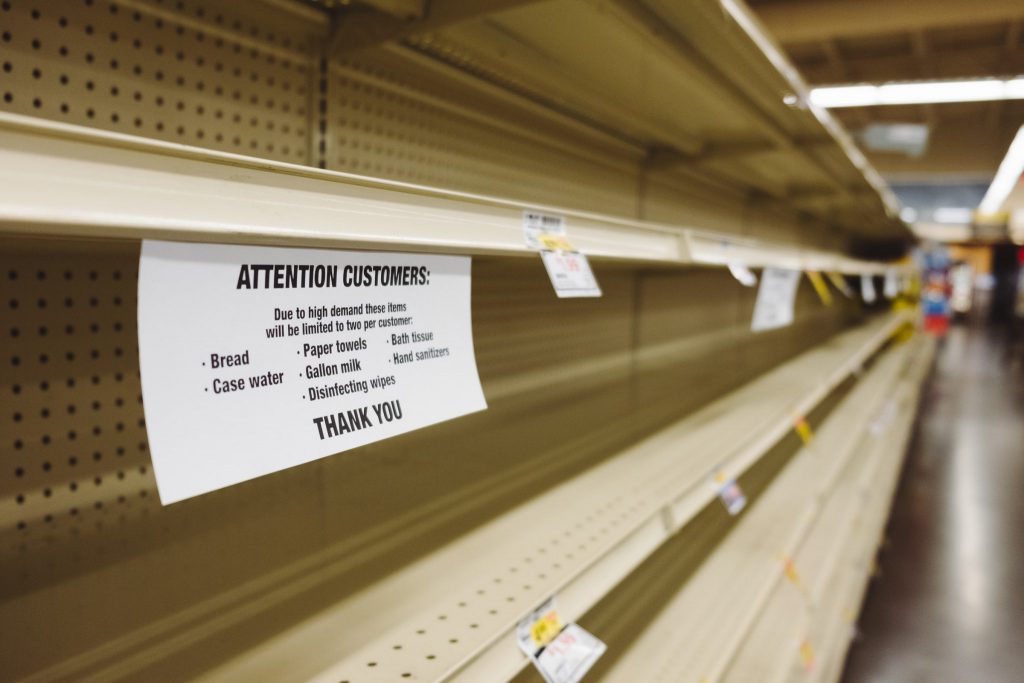
-
Difficulty in monitoring field employees
In response to the pandemic, governments are closing many streets and pushing shops to operate in different and limited hours. This situation will have a major impact on field employees (salesmen, canvassers, couriers). Not only that it will slow down the distribution flow, if manual systems are still in use, it will make it difficult for supervisors to verify those changing constraints. If they’re difficult to verify, the supervisor will be late in handling it.
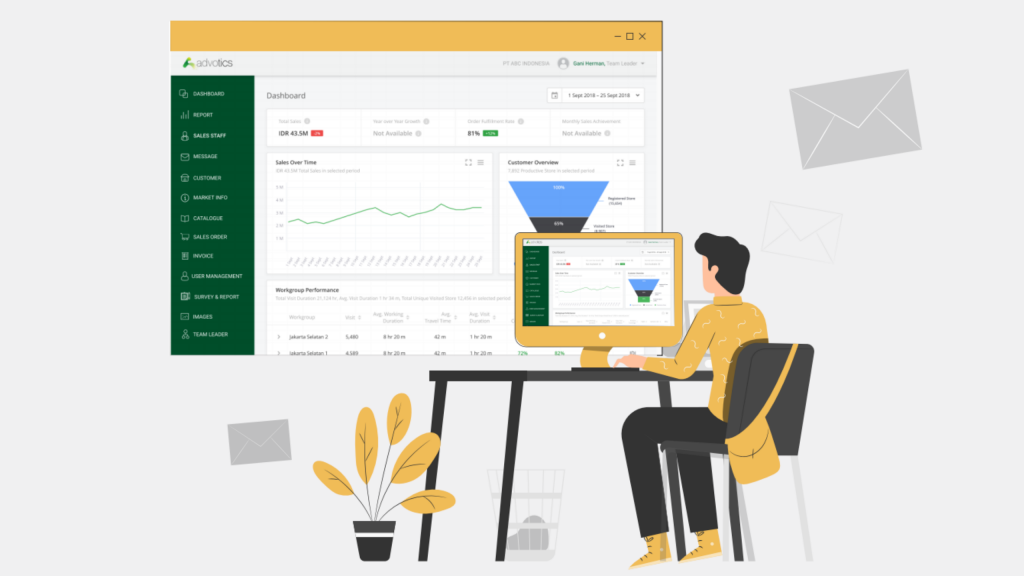
Using Cloud Technology to Handle Data
Advotics Distribution Management System (DMS) accelerates the flow of information on the supply chain network. The distribution process can now all be recorded and integrated in the cloud system in real-time. Starting from ordering sales orders, stock levels of goods in all warehouses, making invoices, delivery records, tracking goods, couriers and logistics management as a whole are now connected in one system.
Now, goods can be distributed according to market demand. Principals are no longer overwhelmed in production planning and distributors can now handle hampered goods distribution. It also allows supervisors to quickly deal with uncertain situations because all information is updated in real-time.


